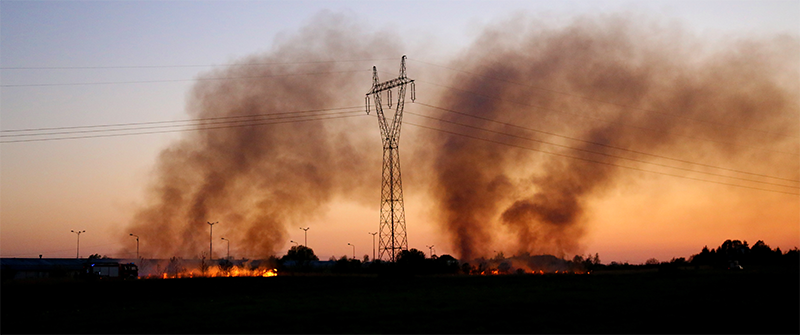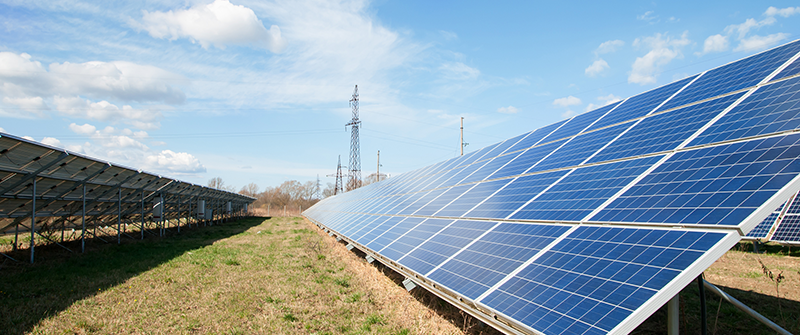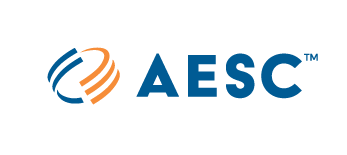AESC Engineering Expertise
Energy Resiliency Planning Services
Find out how AESC’s energy experts can help you navigate your path to resiliency.
Power outages due to extreme weather, fire risk, and grid instability have become a recurring and costly challenge for both private- and public-sector organizations who are forced to shut down critical infrastructure, impacting business operations and essential community services. Energy resiliency through building controls and microgrid solutions allows buildings to island from the grid and remain powered during outages using on-site self-generation and energy storage. Find out how AESC can help you develop and deploy resiliency and flexibility solutions for your portfolio’s critical infrastructure to reduce risk and capture ancillary benefits.

Critical Infrastructure: Buildings, or facility equipment, required for organizations to operate or provide critical services.

Resilience: The ability of a system, and its components, to withstand and adapt to disruptions and rapidly recover from them.

Microgrid: A combination of locally sited power generation and energy storage that can work together to provide power resilience and ancillary benefits.
AESC’s Turnkey Approach to Resiliency Deployment
Deployment of a resiliency plan tailored to an organization’s risks, building assets, energy goals and available budget requires a holistic approach and an energy consulting partner who understands all aspects of planning and implementation. AESC brings 30 years of energy engineering expertise, and proven resiliency planning experience, to help customers navigate each phase of the process to deploy the right solutions to meet your goals. With advanced energy software, expert energy consultants, electrical engineers and bid support resources, we can help organizations through each phase of the planning and implementation process:
Through stakeholder engagement and education, AESC will assess your organization’s risks and objectives, and will lay the groundwork for organizational alignment through sharing what is feasible, benefits of resiliency solutions for risk mitigation and ancillary benefits, and typical project costs and timelines.
AESC’s advanced energy software solutions and tools, in conjunction with our experienced engineers, can help organizations rapidly assess and prioritize critical assets through cost effective remote analysis of asset loads and feasible self-generation and storage solutions and costs, as well as ranking of customer-specific decision factors (e.g., locational resiliency risks, targeted geographies/communities, asset type). This portfolio analysis informs which assets justify more in-depth analysis, solution scoping and detailed costing.
A site-level assessment will confirm site conditions and layout considerations, electrical panel capacity, and will inform final system size and design recommendations and project cost estimates. Our electrical engineers can develop detailed design documents and line drawings to allow you to go straight to procurement.
Our team is available to support development of RFP bid documents, and evaluation of bids from project installation contractors and vendors.
AESC’s Resilient Site Selection Planning Tool
AESC’s Resilient Site Selection Tool aids asset managers in rapidly identifying optimal locations for resilience projects, considering factors like site characteristics, outage risks, energy availability, environmental impact, and community needs. Leveraging the advanced remote energy analysis features of our custom software, tool outputs include site screening and ranking, site-specific resiliency solutions and preliminary cost estimates.

CASE STUDY: Resiliency Planning for a California State Agency’s Critical Facilities
When a California state agency wanted to implement energy resiliency in their critical facilities, AESC started by creating a plan. Our engineers leveraged Praxis to remotely analyze energy use and asset characteristics of 70+ buildings, resulting in 45 buildings determined to have sufficient potential to warrant further study. AESC also provided site-specific recommendations for energy efficiency measures to consider, in concert with solar and storage, in order to meet the agency’s desired six hours of energy self-sufficiency.
